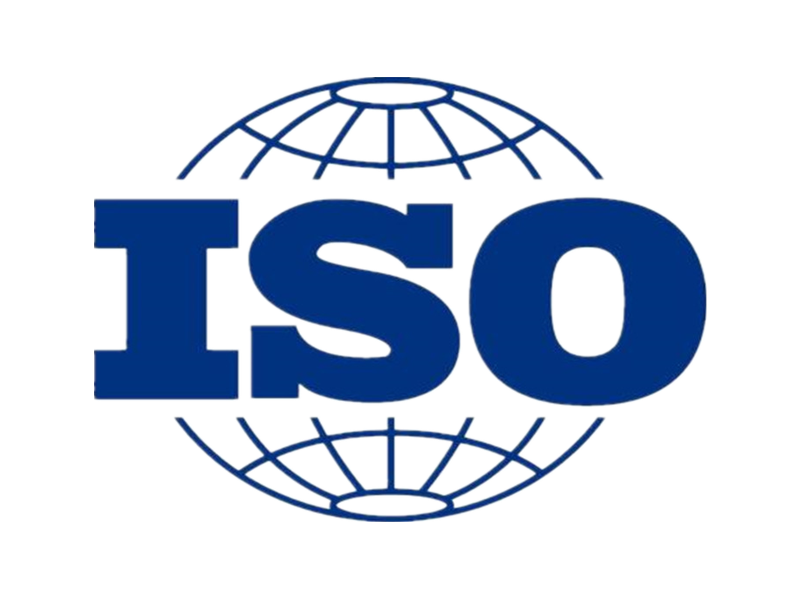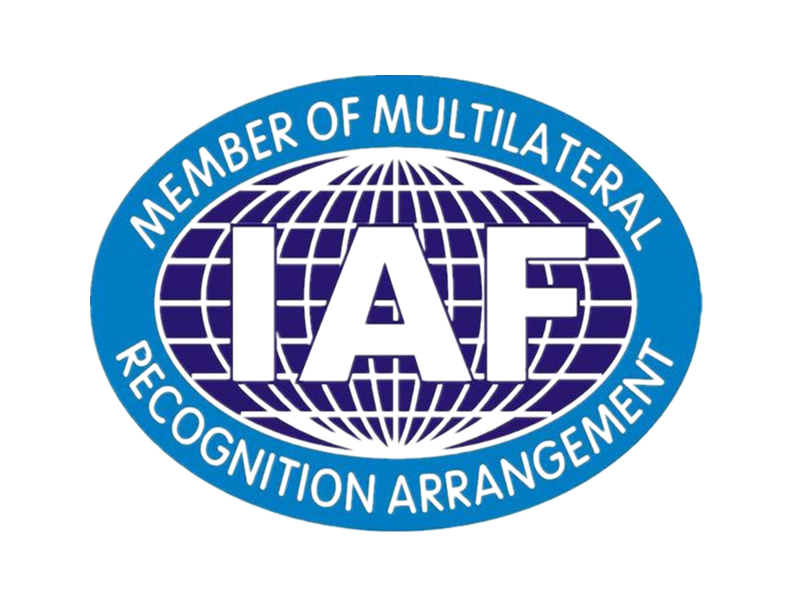304 Stainless Steel Sheet Uses
by:East King
2020-08-30
This suits them for quite a lot of makes use of the place a corrosive environment is current. Common austenitic stainless steels include alloys 304 and 904L . The most common forms of stainless steels are austenitic stainless steels.
The chromium bestows upon stainless its resistance to corrosion and rust. Stainless steel has turn into one of the most common supplies found in kitchens and the food business today.
The most typical is 18/eight stainless which is outlined as a composition of 18% chromium and eight% nickel. The majority of client merchandise produced from steel, similar to cookware, bakeware, and cooking utensils are created from stainless steel. Stainless steel is outlined as a steel alloy with a minimum of 11% chromium content material by mass. Unlike carbon steel that is prone to rusting and turning black, stainless steel has the distinctive benefit of having the ability to withstand stains and corrosion because of its chromium content.
Since the nickel content material in stainless steel is relatively low with just a few p.c, it is probably not straightforward to perceive or decide the content material. Generally, many instances of ordinary pattern experiments must be accomplished to determine the content. Over 70% of stainless steel manufactured is of the 300 series meaning that it has been heated to a temperature excessive sufficient to change its crystal structure to a kind generally known as austenite. 300 series stainless must include a maximum of 0.15% carbon, a minimal of sixteen% chromium, and enough nickel and/or manganese to retain their crystalline construction. These stainless steels are named by their chromium and nickel content material.
From food processing crops to massive, industrial kitchens to your personal kitchen at home, stainless steel is ever present. It’s corrosion and oxidization resistance paired with sturdiness and the way easy it's to scrub has made stainless steel one of many most secure supplies within the food preparation and storage industries. The difference between the kinds of stainless steel is the amount of chromium and nickel found in every. 304 stainless steel accommodates a a lot higher share of chromium and nickel.
409 stainless steel remains to be extra rust-resistant than Aluminized Steel. Chemical qualitative identification is a method of figuring out whether or not magnetic stainless steels contains nickel. The technique is to dissolve small pieces of stainless steel in aqua regia, dilute the acid solution with clear water, add ammonia water, and then gently inject the nickel reagent. If a pink fluffy substance floats on the liquid surface, it signifies that the stainless steel incorporates nickel. If there isn't any pink fluffy material, it proves lack of nickel in the stainless steel.
While these metals don’t rust, that does not mean that they don't corrode. They have their own types of corrosion, similar to pitting that can happen in stainless steel or the blue-inexperienced tarnish found on oxidized copper. Furthermore, if they're introduced into contact with a carbon steel or different sort of steel that does rust, iron deposits could be made on the surface of those supplies that will oxidize and create rust.
Custom message











